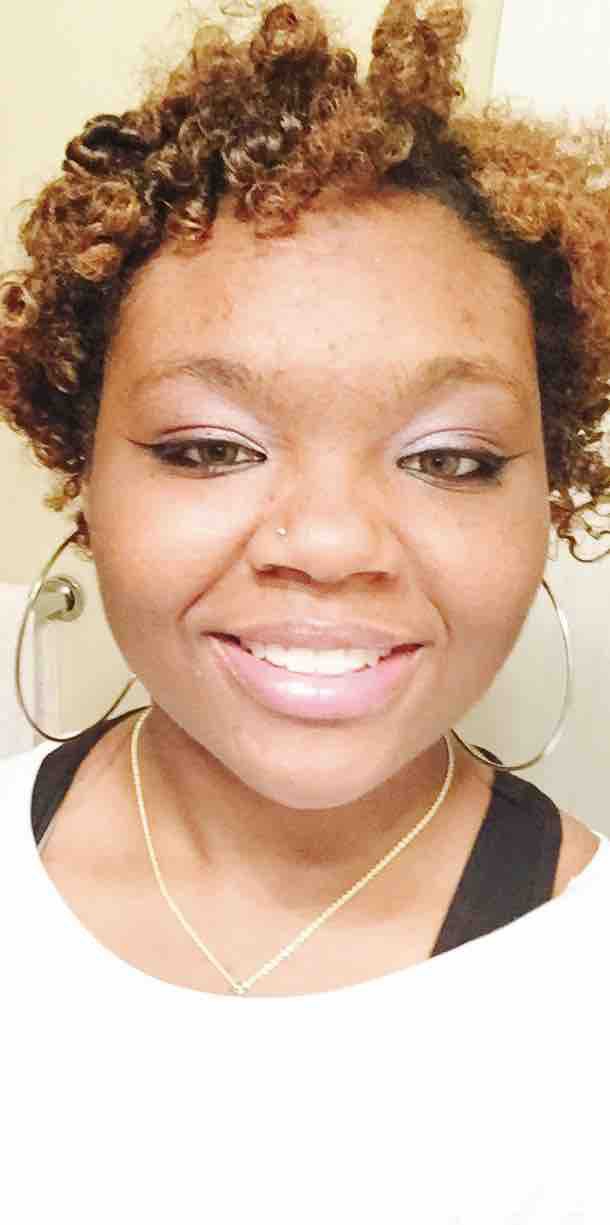
Since 1843, The Economist has released weekly print editions of their magazine-style newspaper. In October of 2016, the publication took a leap towards rejuvenation and began publishing on Snapchat, one of the most popular apps in the world.
The Economist has been on Snapchat’s Discover page for three years and has paved a new way for print publications to reach the “tap generation.” The Snapchat Discover page is “all about keeping you up-to-date on current events, pop culture, and more.”
Snapchat Discover is where users can find stories- short videos or pictures- from their friends, other Snapchat users, TV shows, and publishers. Publisher stories “are Discover content that is from publishers and other media partners that partner with Snapchat.” Some companies that can be found on the Discover page are The Wall Street Journal, National Geographic, The Washington Post, and The Economist.
When The Economist made its Snapchat debut in 2016, reaching out to an audience via Snapchat wasn’t common for such an established and respectable news company. When Lucy Rohr, the Snapchat editor for The Economist, was met with some questioning from her colleagues, she responded:
How does a 173-year-old publication, known for its global analysis and read by every American president since JFK, fit on a messaging app whose unique selling point is bite-sized, disappearing videos? But think about it for a moment. Snapchat Discover’s audience is forward-looking, globally curious and highly engaged with liberal causes. So The Economist is actually pretty well aligned.
So how does a roughly 80-page news magazine convert its material to fit this new medium? To Rohr the answer is quite simple: it doesn’t. The goal for the Snapchat extension of The Economist was not to put out another digital form of what they’ve already written. Instead, the idea was to hit a themed subject with each new weekly release.
“Themed editions are an ideal way for us to serve up our analysis in a fun and concise package that’s easy to consume anywhere. It’s what The Economist is known for, and we think this sits well on Snapchat Discover,” Rohr says.
Snapchat is an app that relies heavily on the visual aspect of its content, so Rohr and her team work to create a harmony between the youthful and interactive nature of the app and the professionalism of The Economist’s brand. According to Rohr, the perfect blend is achieved through “crisp, clean layouts, a couple of specific fonts.”
The Snapchat editions of The Economist are formed from a script, which is broken down into a minimum of 14 snaps, or 10 second looping videos or animations, and the visuals for each snap are then planned accordingly. Each individual snap is predominantly an image with highlighted text over it. The text often plays as a teaser, which gives the reader enough information to understand what is being addressed, but leaves them wanting more.
The interactive feature is brought into play when links to find more information pertaining to a particular snap are added through the “swipe up” feature. Then on the final product, users can swipe up on a snap to follow links that will lead to articles that give readers an in-depth analysis that the teasers hinted at.
According to Rohr:
The design team really nailed it. They came up with a visual treatment that really brings our journalism to life, and brings levity to some of the heavier stuff we’re covering. As much as I want our journalism to set us apart, I think our design does too.
Rohr knows that the task of producing Snapchat editions is not an easy one. “Plenty of what we do can’t be readily translated into a ‘Snappy’ format. We have to take the time to really think about each edition and each snap and how to do it best,” she says. An example of what Discover stories from The Economist look like is on their YouTube channel.
When The Economist made the leap into the world of Snapchat, consumers were concerned that it would be detrimental to the prestige of the company. According to Influencer Marketing Hub, “78% of American internet users between the ages of 18 and 24 used Snapchat in 2018.” The statistics of active Snapchat users in the UK are similar to those in America. The age demographic is rarely a concern of The Economist.
Having a young audience does not worry The Economist’s Snapchat team, though. At the Digital Innovators Summit, Rohr addressed the new demographic saying:
We had to translate our very specific editorial voice to the platform, but we did not ‘dumb ourselves down’ – we realised that to underestimate the intellect of the younger audience, and their discernment, is a real mistake.
Rather than fitting their journalism to the demographic, Rohr and her team prep the demographic for their journalism. Rohr referred to Snapchat editions as “the ultimate cheat sheet ” to being able to comprehensibly read full length articles from The Economist. One of the goals is to provide readers with the vocabulary, context, and “toolkit” needed to understand the company’s specific style of journalism.
As of 2017, The Economist had an average of 7.1 million users visiting their Snapchat stories. Deputy editor and head of digital strategy, Tom Standage, claimed the addition of Snapchat to their repertoire was “the biggest step-change in the audience of The Economist since 1843.”






